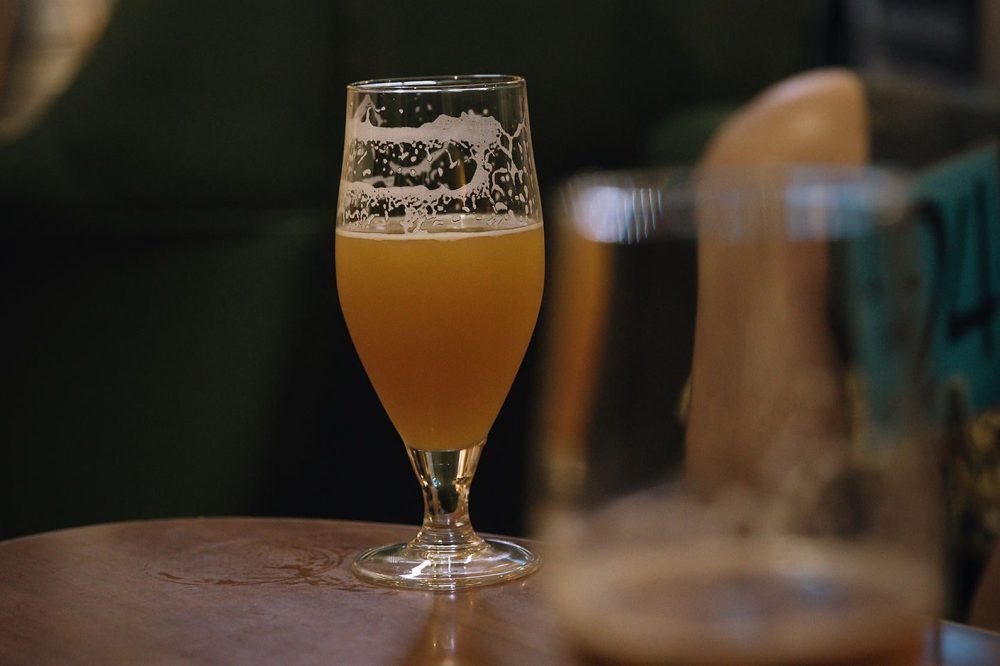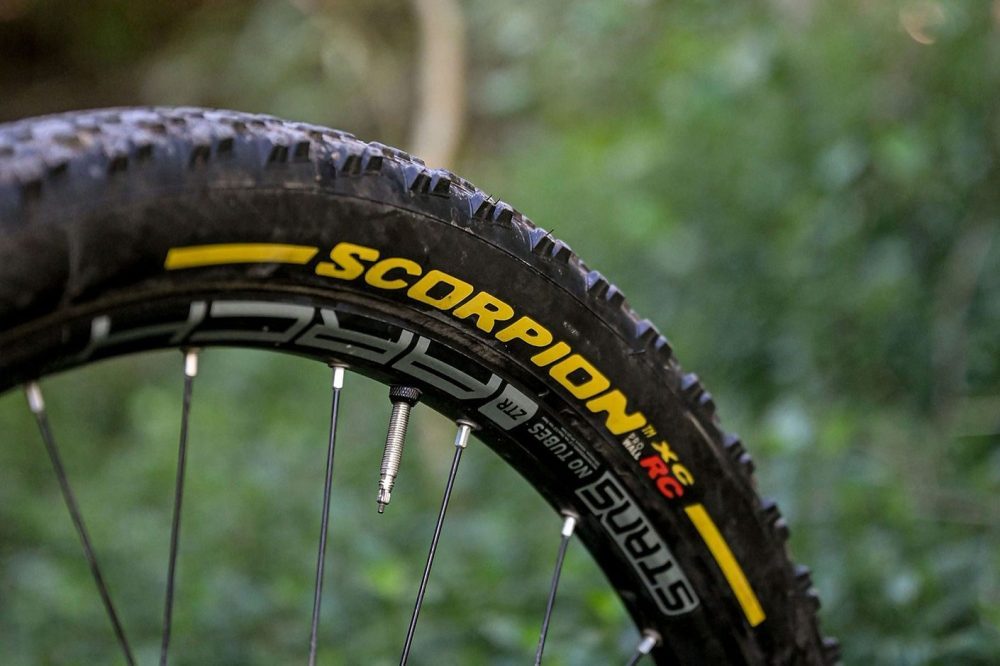Column: Beer Guide
The idea of seasonality in beer is historically driven by necessity. In many European countries, the refreshing, cleansing beer styles were brewed and stored during the colder months, and ready for drinking as the weather warmed up and workers started earning a thirst under the sun. Styles such as Saison and Lambic in Belgium, wheat and lager in Germany, and pilsner in the Czech Republic, all benefited from a long, cool conditioning period over winter. Perhaps the most famous seasonal beer experience, is the annual Oktoberfest in Munich. Curiously, this event started as a celebration of the marriage of the future King Ludwig to Princess Therese of Saxe-Hildburghausen, in 1810. As part of the celebration, a large horse racing carnival was held on October 18 and, for reasons that remain unclear, it was decided to repeat the event the following year which in turn started the Oktoberfest tradition. The horse racing stayed until 1960. Americans have really made a thing about the seasonality of beer, with their pumpkin beers in autumn – related to Halloween – as well as a tradition of strong, sweet and spiced beers at Christmas. In New Zealand, the concept of seasonality didn’t really exist in the era of big brewery dominance, when we got served the same beer all year round.
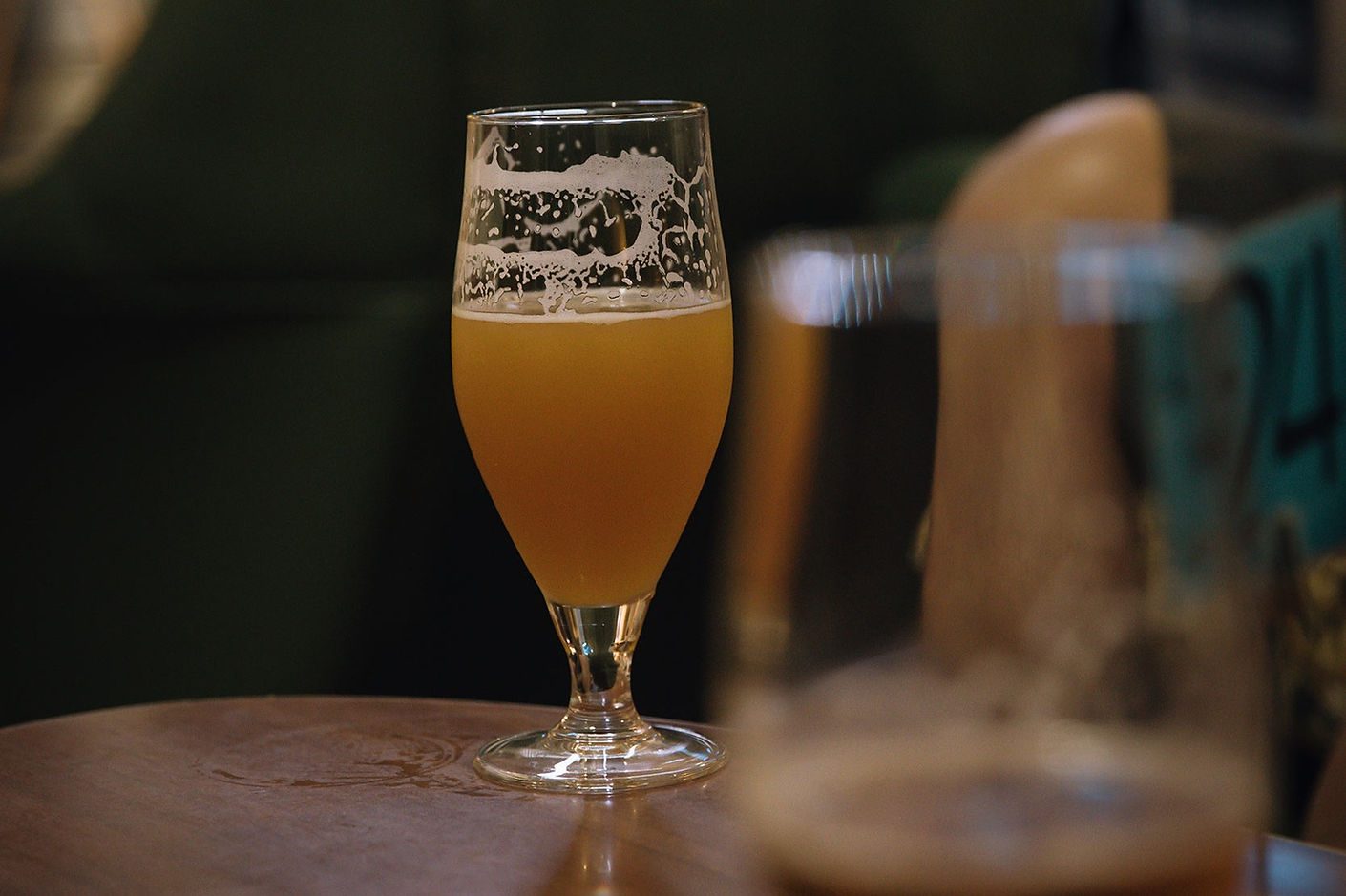
There were small dents in that monoculture; Emerson’s created a Winter Warmer more than 25 years ago - a beer that got reinvented as Taieri George - a spiced ale that’s released annually on March 6, the birthday of the late George Emerson, father of Emerson’s founder Richard. Around 20 years ago, Monteith’s created their ginger-spiced varieties, such Summer Ale, and made a Doppelbock for winter. In recent years, the autumn fresh hop season is fast becoming an integral part of New Zealand’s beer drinking culture, while we’re also seeing more speciality winter ales, such as imperial stouts, Baltic porters and doppelbocks released in winter. The cooler months also see breweries bring out more niche variations of IPA, such as Red IPA and Black IPA. These days, the idea of seasonality has been turbo-charged to the point where breweries make monthly, even weekly, short-term releases. There’s a flip-side to that as well, with many breweries creating annual releases of seasonal-driven beers – usually barrel-aged – with 8 Wired’s cult Feijoa Wild Ale a classic example every winter. In all this, there remains an idea that certain beers are best suited for certain times and climates and dispositions. Most people do not want a 10% imperial stout on a hot summer’s day – that kind of slow sipper does not deliver the level of refreshment required after mowing the lawns in the sun. So, now that spring is with us, there are certain styles of beer that are better suited to days that are drawing out but that are not yet searing hot, when that ice cold lager becomes the first thing you reach for in the fridge. Here’s a mixed six of great spring-time beers:
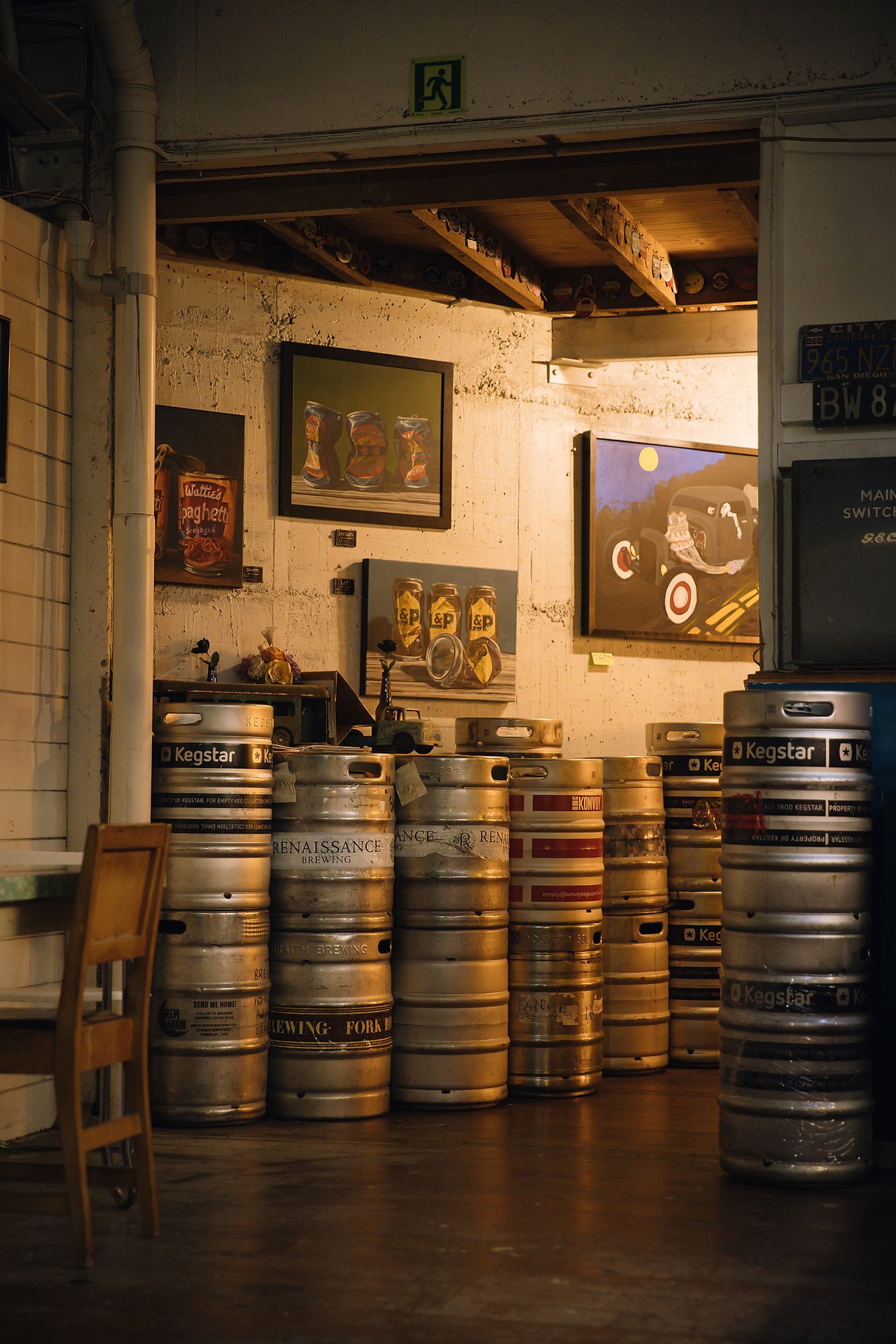
Epic Pilsner
Epic are known for their super-hop forward beers, and when they bring that mentality to a classic pilsner you get some real flavour ‘oomph’. This New Zealand-style pilsner sits somewhere between the traditional Czech pilsner and modern American Pale Ale. It’s lean, crisp and refreshing but with a nice hoppy hit of passionfruit and citrus from the New Zealand grown Riwaka and Pacific Jade hops. Epic don’t brew this beer all year round – and it’s just been released for the daylight saving months.
North End Bines That Bind Us
Saison is the classic seasonal beer – it’s there in the name, after all. Saison is a catch-all descriptor for traditional Belgian farmhouse-brewed ales that were made over winter and ready for the seasonal workers (saisonnieres) when they returned in the warmer months. The beers were partly for refreshment and partly for payment. They are dry, effervescent, spicy and with a perfumed yeast character that delivers an X Factor aroma. North End are one of the best producers of this style and this is a lovely hopped version with a real earthy character.
Sunshine Stockies Session Hazy IPA
Every season is hazy season these days, but when it’s warmer you want something lighter, drier and more refreshing than some of the heavier juice bombs out there. Sunshine, based in Gisborne have absolutely nailed the brief with this 4.2% ABV quaffer that’s jam-packed with guava, mango and white grape flavours. The palate is crisp, extremely fresh and compact.
McLeod’s Great Wave Japanese Dark Lager
A classic Japanese lager is the ideal summer slugger – they are brewed lightweight for easy-drinking. Adding a touch of darker malt, as McLeod’s have done here, doesn’t detract from the easy drinkability but adds a layer of intricate complexity with the subtle hint of cocoa. It’s the perfect season straddler and ideal when you never know what New Zealand’s temperamental spring climate might throw at you.
Sprig + Fern Creme of the Hop Nectaron Pale Ale
Nelson’s Sprig + Fern brewery has gone through a recent rebrand to create a more modern and direct look. And the beer that best encapsulates this new look is their Nectaron-hopped hazy pale ale. This relatively new hop – released last year – is proving a real hit with its pineapple and peach flavours, and this pale ale is a prime example of how to use it in juicy-fruity pale ale.
Altitude Brewing Jam Sessions Vol 3
Altitude Brewing, out of Queenstown, make some of the more interesting beers in New Zealand - but for a long time they were available only locally. Like many breweries hit by Covid-19 lockdowns, they’ve had to step up their online business, which means you can now get their beers delivered to your door. Jam Sessions Vol 3 is their third in a series of fruited sours, and was a huge hit at the recent Beervana festival. Boysenberries, blackberries and raspberries on a soft creamy base creates a fruit smoothie effect. Tart and refreshing – a beersie packed with berries.
Words: Michael Donaldson
Images: Henry Jaine
Review: Pirelli Scorpion XC RC Tyres
Pirelli are one of the world’s biggest names in tyres. You’ll see their logo on the sidewall of F1 cars, rally cars, superbikes and, strangely enough, super boats, such as the America’s Cup Prada Pirelli team. More recently, they have come into the cycling market - though their presence in New Zealand retail cycling shops has been somewhat minimal.
I’ve had the Pirelli Scorpion XC RC tyre on review since summer. The Scorpion is an XC race tyre that we tested in the 29 x 2.2 120TPI Prowall version. It comes in a 2.4 option as well, and a creatively named lighter ‘Lite’ version, which is also a 120 TPI casing. For comparison, our 29 x 2.2 ProWALL weighed in at 650g, whereas the Lite comes in at 610g.
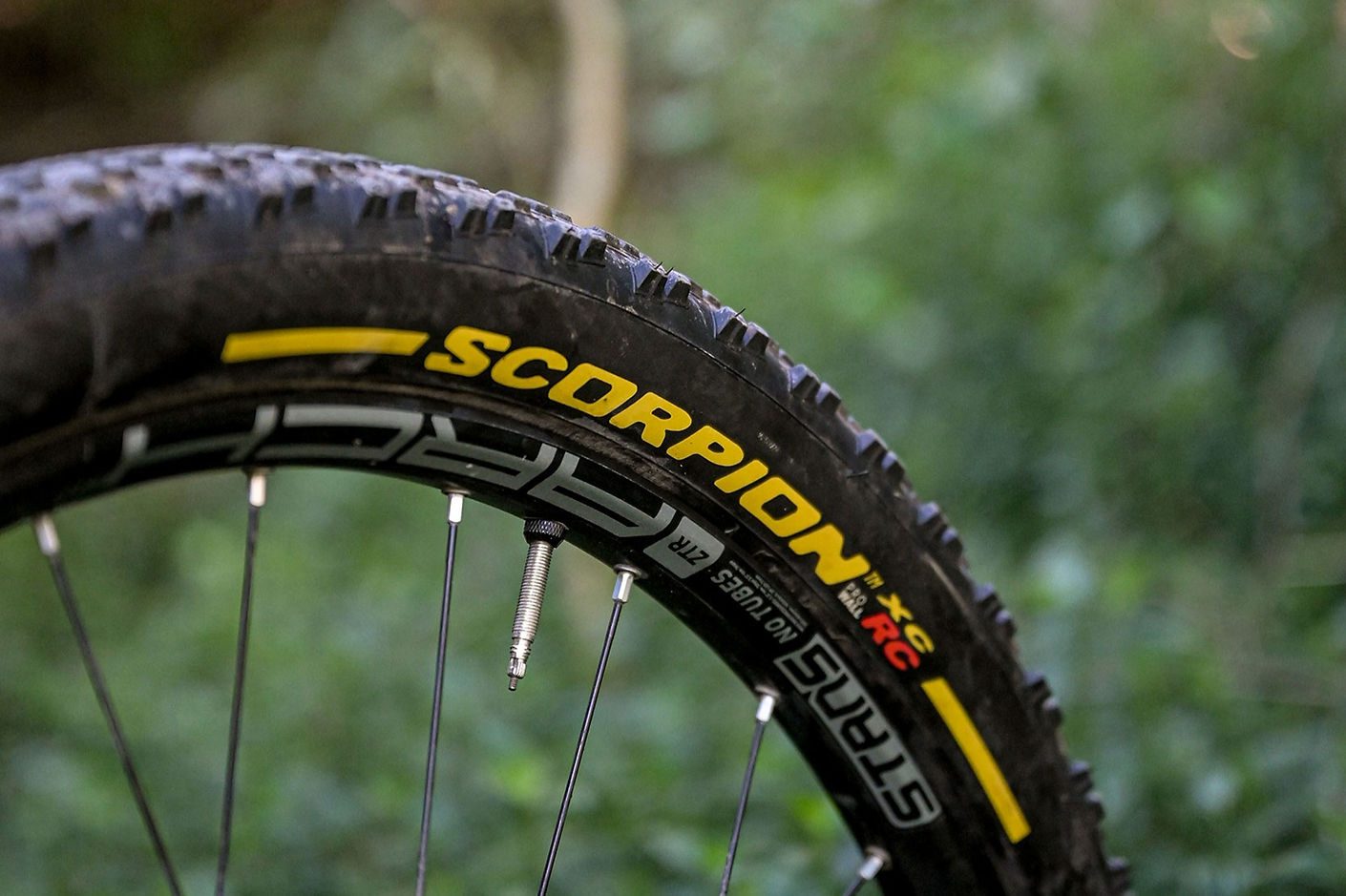
The ProWALL version benefits from sidewall reinforcement technology that increases puncture protection and improves handling at low pressures. Essentially this is an additional layer of nylon fabric applied over the casing sidewalls for extra protection and improved cornering stability. The Lite version omits this, so you save 40g and get a more supple tyre, but you lose some sidewall protection. Both versions roll on the same rubber compound that Pirelli call Smartgrip, designed to provide constant high grip performance in both wet and dry conditions. If the bright yellow Pirelli team logo doesn’t match your bike’s colour scheme, they are also available in a plain black logo too.
A quick look at the tyre and it’s obvious who the target market is for this tyre - Iow profile central knobs offer minimal rolling resistance. The side knobs are still quite decent bits of rubber, though, so I was hopeful this would still be a tyre that gave confidence when pushing through the corners.
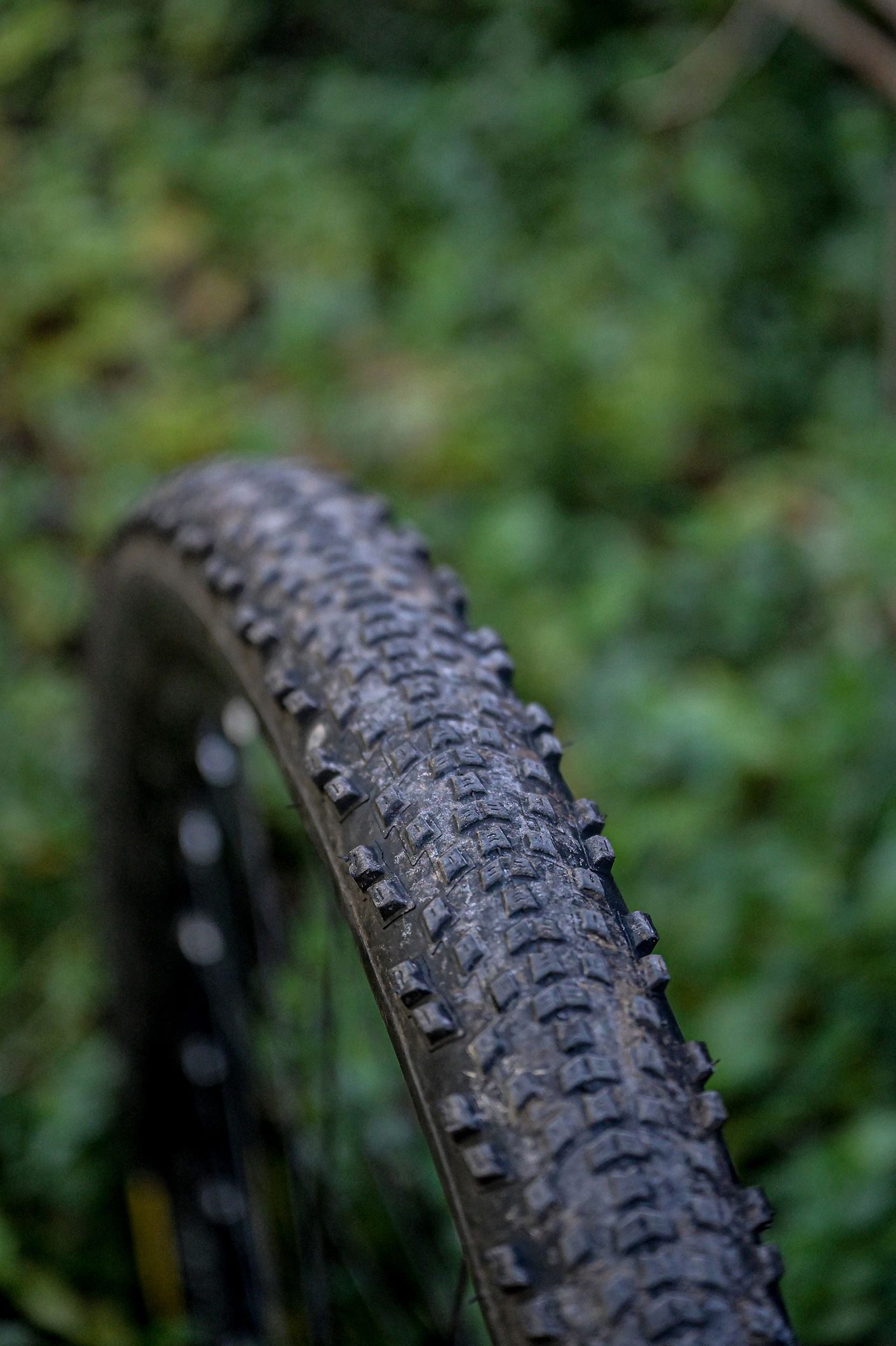
I was pleased to get these tyres a few days before I set out on the 1100km Kopiko Aotearoa bikepacking event, in February this year. I don’t have much interest in XC racing any more, but a lot of the same products - tyres especially - appeal to the bikepacking segment of our sport. I was looking for a lightweight, fast-rolling tyre that was also strong enough to give me confidence when taking them into the remote areas that the Kopiko route followed. The tyres arrived only a few days before I was due to leave, but the tread pattern looked ideal in my eyes, and squeezing and pinching the sidewalls, well, they seemed to be sturdy enough, so on the bike they went and we set off for the East Cape.
One thousand one hundred kilometres later I am really happy with these tyres. They mounted onto the rims incredibly easily, and I had them setup tubeless in no time. Unlike some other tyres, they didn’t seem to leach any sealant and held their set pressure straight away. In fact, over the nine days of riding, I didn’t top up either tyre pressure once. By the time we arrived at Cape Egmont, the rear tyre was showing some obvious sign of wear, but was still well within what I consider acceptable for 1100km of loaded bikepacking. The side walls on the front and rear tyre don’t show any signs of damage which is also encouraging. The Smartgrip compound seemed like an excellent compromise for being fast-rolling on the seal and still grippy enough to ride the more technical parts of the route, such as the Timber Trail, without holding back.
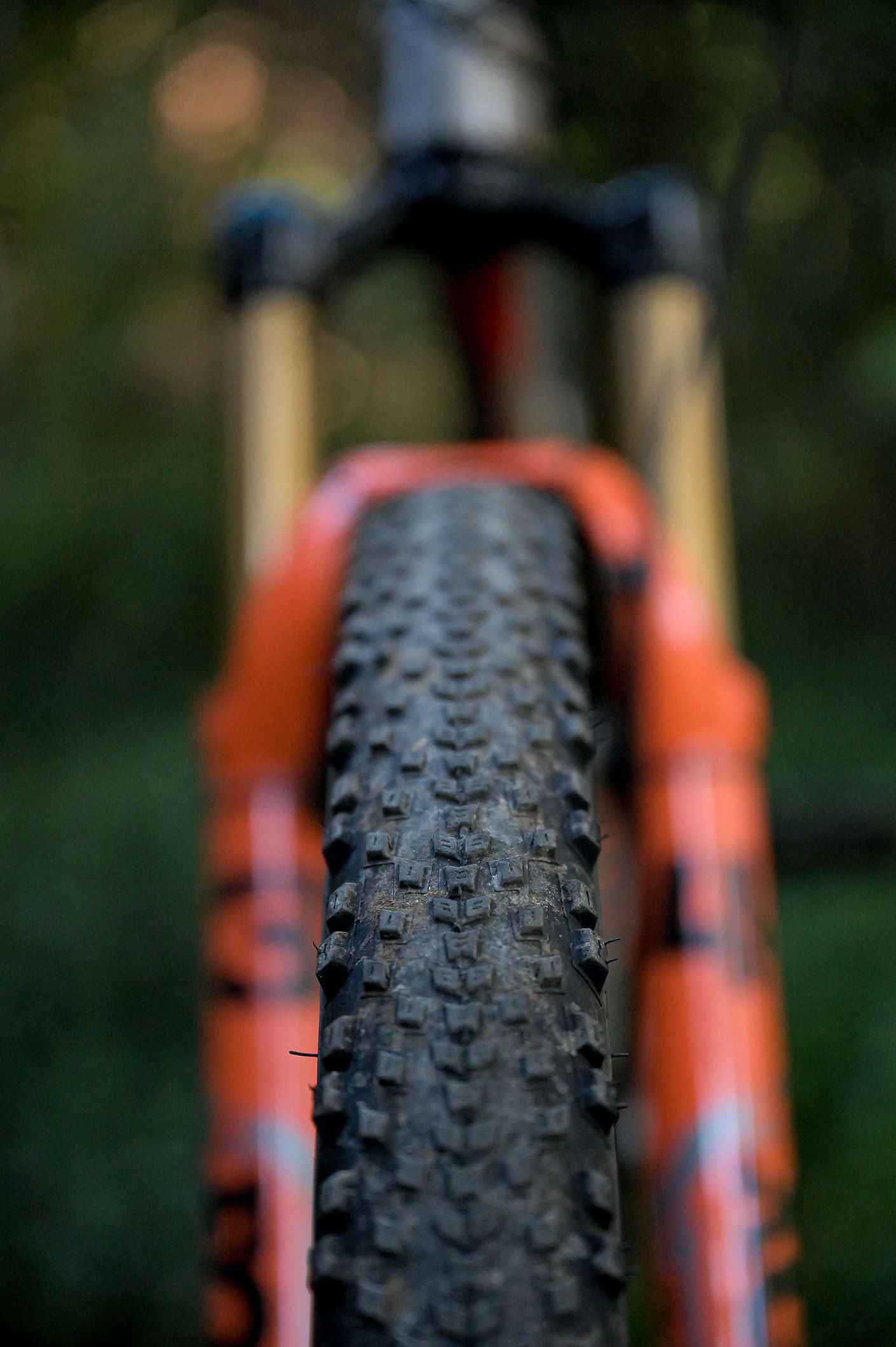
Since then, I have used them for a number of laps around our local mountain bike trails and have been impressed with their ability. Clearly a low profile tyre like this is best suited to dry, hardpack conditions - in the wet, the side knobs still offer control and confidence, however the thin centreline knobs have limited ability to support braking as soon as it gets wet.
For their intended purpose, the Scorpions are a great tyre and I think they’re especially suited to multi day bikepacking rides.
RRP: $109
Distributed by FE Sport
Reviewed by Lance Pilbrow


